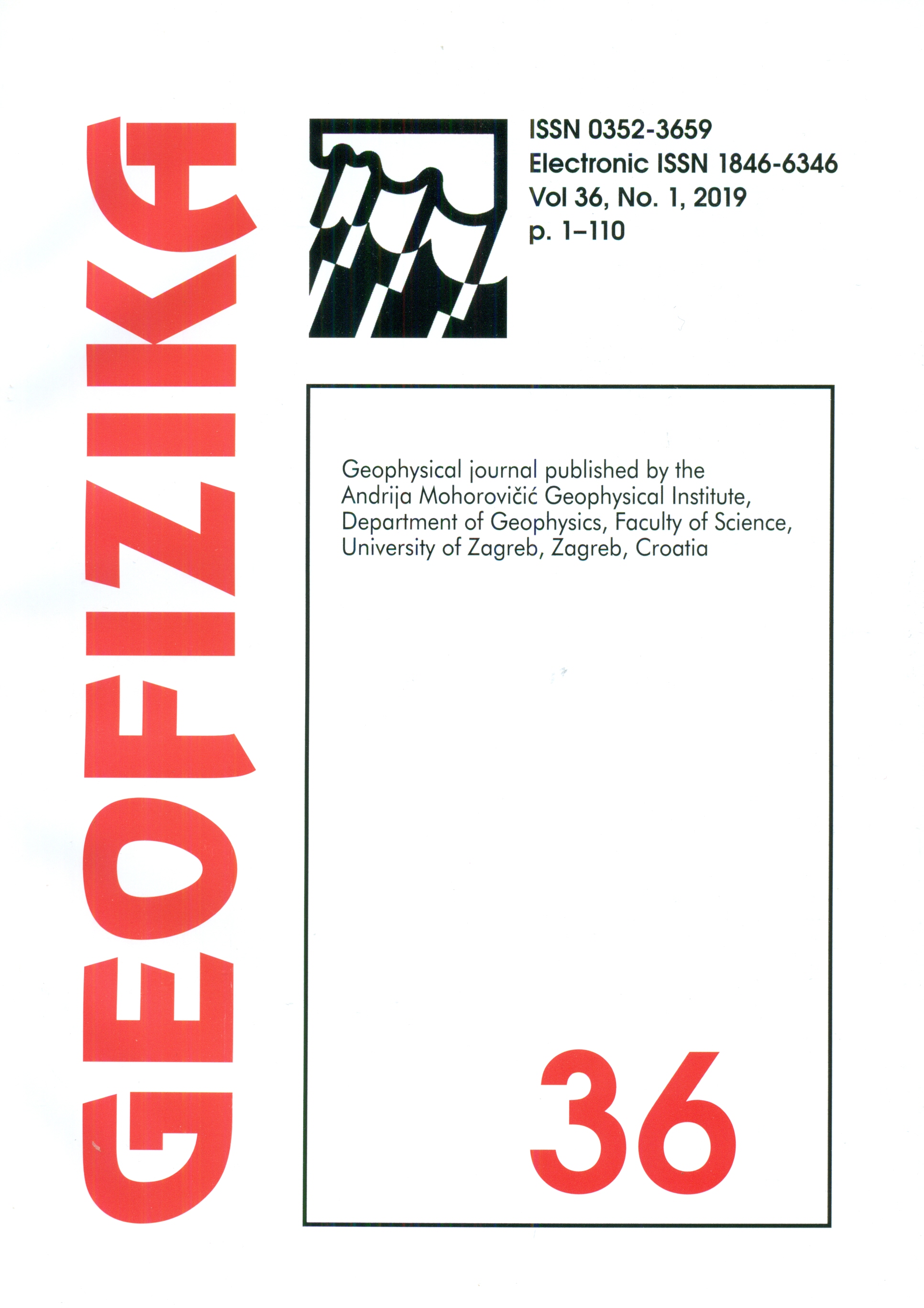Measurement of respirable dust concentration and assessment of health risk due to metals around an opencast coal mine of Talcher, Odisha
DOI:
https://doi.org/10.15233/gfz.2019.36.2Keywords:
PM10, PM2.5, heavy metals, correlation analysis, PCA, health riskAbstract
Atmospheric pollution due to particulate matter in opencast coal mining area is a very important environmental problem and is fetching the attention of researchers worldwide since few decades. The particulate matter not only affects human but also have tremendous effects on nearby flora and fauna by degrading the ecological environment in many ways. High mechanization in mining operations leads to add heavy load of dust to the surrounding area. The adverse effects of dust depends on the quantity as well as the characteristics of the dust and the exposure dose. Taking the importance of the dust pollution in mines, a coal mine area of Talcher coalfield, was selected, which is one of the oldest coalfields of India and a very limited work has been carried out in that area on the regards of assessment of health risk due to metals on the local population. Monitoring of respirable dust (PM10 and PM2.5) were performed at eight monitoring stations around a high mechanised opencast coal mine for three seasons i.e., post monsoon, winter, and summer in the year 2015 as per the standard criteria of Central Pollution Control Board (CPCB), India. The seasonal variation of dust concentration was found in the order of winter > summer > post monsoon. Ten trace metals were analysed from the dust samples. Statistical analysis such as univariate (correlation study) and multi-variate statistical analysis were carried out including principal component analysis (PCA) for source identification and respective contribution to particulate matter. Lastly, the health risk in terms of hazards quotient (HQ) and hazards index (HI) were calculated for both children and adults for the three exposure path ways (Inhalation, ingestion and dermal exposure). The carcinogenic effects due to the presence of trace metals in the PM10 were evaluated for both children and adults in terms of excess cancer risk (ECR ). The combined carcinogenic effects of all the trace metals also calculated (ECRTotal ). The HQ values for Cr and Cd were found above the safe limit in that area for both children and adults. Likewise the ECR values for Cr and Cd also were at a very risk level for both the age group. However the risk related to other metals were found well within the safe limit. The HI and ECRTotal values were found above the safe limit which indicate the combine effect of trace metal on the children and adult were at a very high risk level in the study area.
Downloads
Published
Issue
Section
License
Copyright (c) 2021 Geofizika journal

This work is licensed under a Creative Commons Attribution-NonCommercial 4.0 International License.

